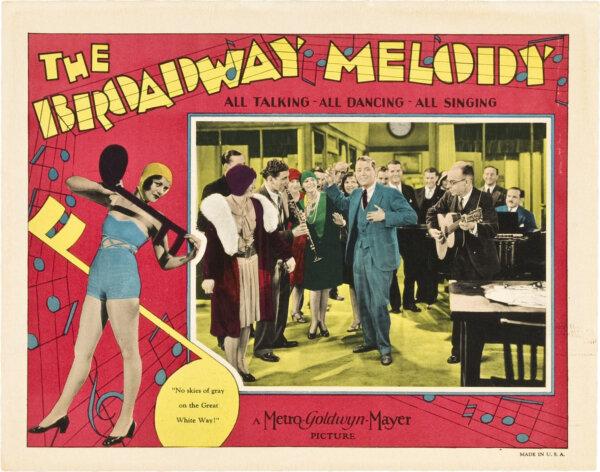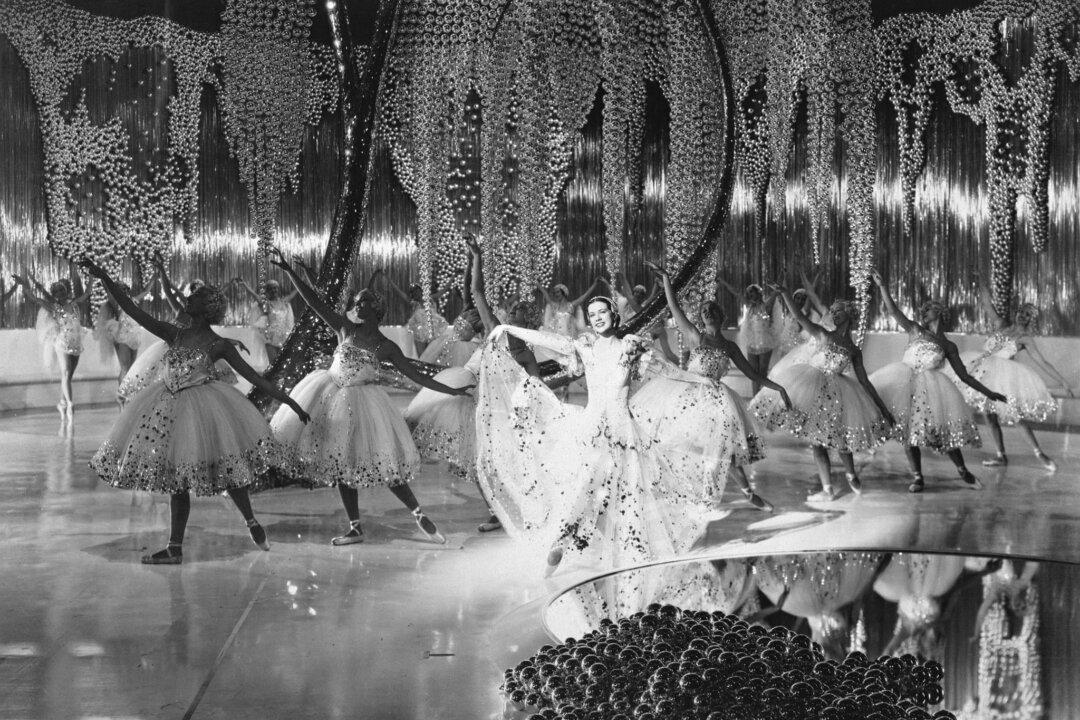The first all-sound film to win an Academy Award ever made was “The Broadway Melody” in 1929. It was also MGM’s first musical film and included a Technicolor sequence. It introduced such classic Arthur Freed and Nacio Brown songs as “Broadway Melody,” “You Were Meant for Me,” and “The Wedding of the Painted Doll.” The film won Best Picture at the second Academy Awards ceremony and began Hollywood’s highly successful musical genre.

Lobby card for "Broadway Melody." MovieStillsDB






